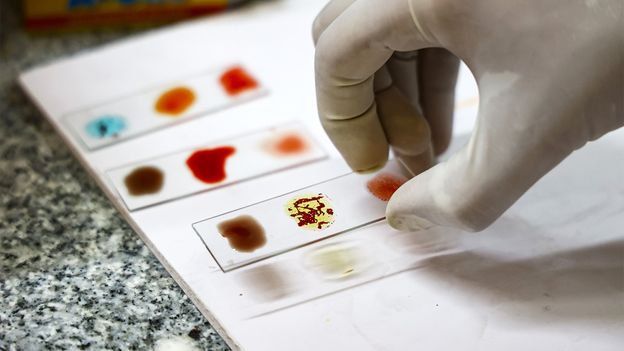Home / Science / Researchers Harness Gene Editing to Produce Rare Blood Types
Researchers Harness Gene Editing to Produce Rare Blood Types
12 Nov
Summary
- Scientists using CRISPR-Cas9 to create Rh null and other rare blood types
- Challenges in growing mature red blood cells from stem cells in the lab
- Efforts to make blood more compatible for most people

As of November 12th, 2025, researchers around the world are making significant strides in using gene editing to produce rare and universal blood types in the laboratory. One key focus is the creation of Rh null blood, an extremely rare type that lacks all Rh antigens.
Immunologist Gregory Denomme and his team at the Versiti Blood Research Institute in the US recently used CRISPR-Cas9 to generate customized rare blood types, including Rh null, from human induced pluripotent stem cells. Meanwhile, scientists in Canada and Spain have also employed CRISPR to delete or convert blood group antigens, producing O Rh null and more universal blood.
However, the researchers caution that large-scale production of lab-grown blood for clinical use remains a long-term challenge. A key obstacle is coaxing the stem cells to fully mature into functional red blood cells, as the complex signals from the bone marrow are difficult to replicate in the laboratory setting. There are also concerns that modifying blood group genes could disrupt the growth and development of the red blood cells.
Despite these hurdles, the scientists are optimistic about the potential of their work. By carefully selecting compatible donors and leveraging gene editing, they aim to make rare blood types more widely available and accessible for those in need of transfusions.



